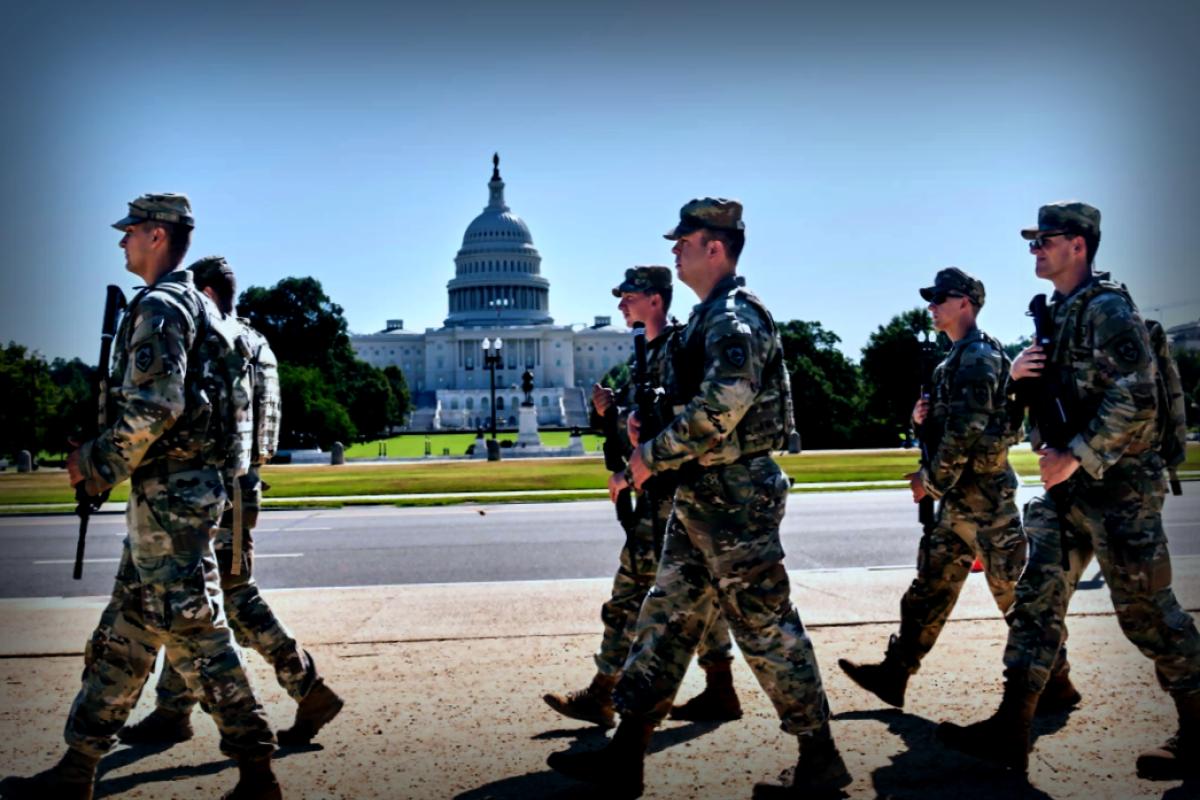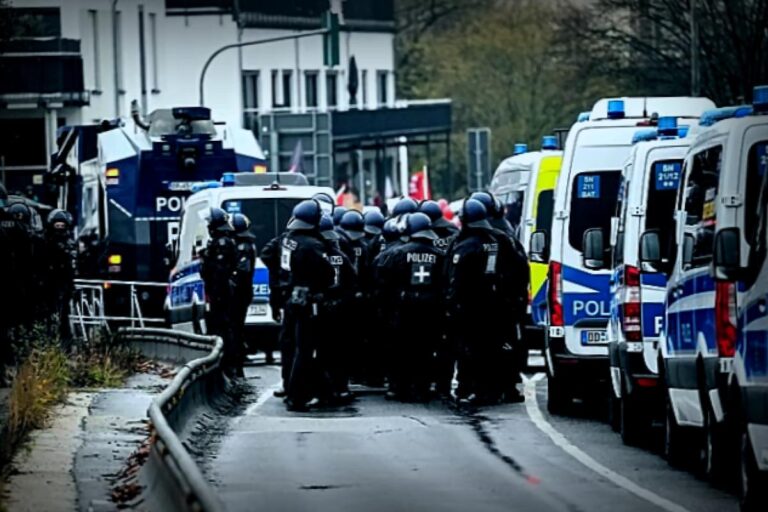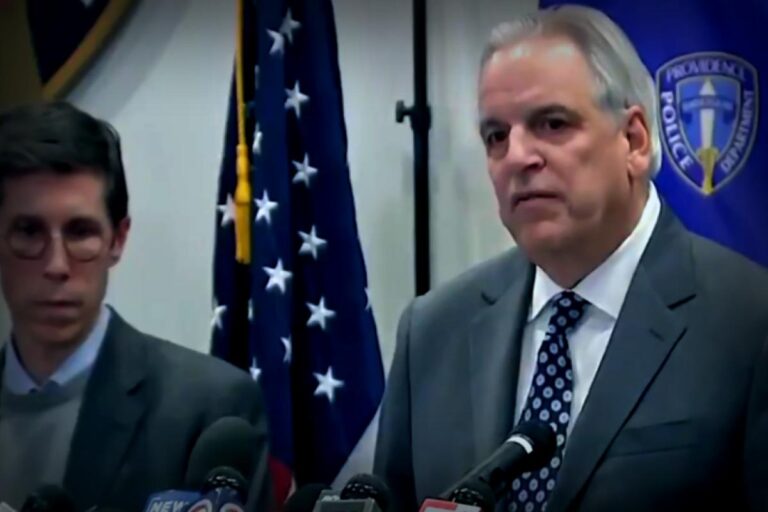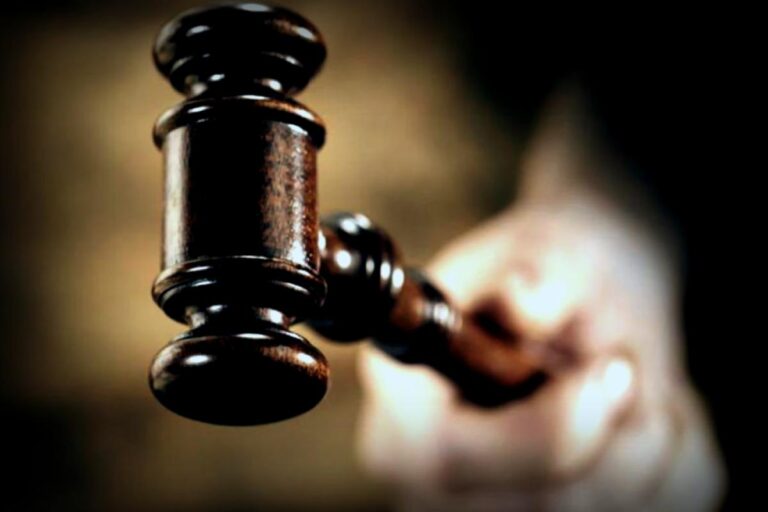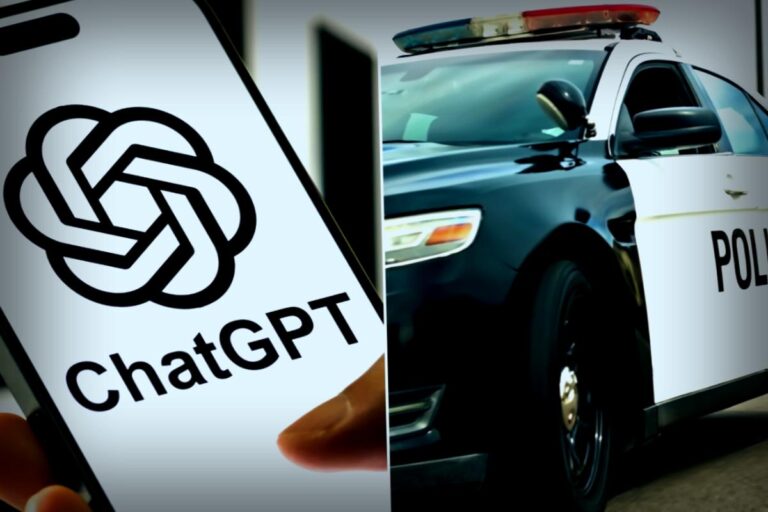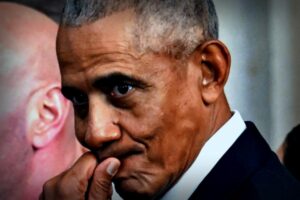Violence and crime are nothing new. They’ve been around forever, affecting people from every walk of life, although statistics show that Black and low-income individuals bear the brunt of it. Violent crime rates fluctuate and can be shockingly different depending on the area. Sure, one incident of violent crime is one too many, but thinking we can eradicate it entirely would be like hoping to escape death and taxes.
Data from around the world suggests that places with stricter gun regulations experience fewer homicides, yet establishing effective gun control in the US seems increasingly out of reach. The new attorney for Washington DC, for instance, has already communicated a shift away from prosecuting individuals for carrying firearms and rifles. Interestingly enough, there are proven strategies to cut down on crime—if not entirely eliminate it. For example, deploying a greater number of skilled police who know the neighborhoods they are patrolling has shown promise in tackling crime rates.
However, what President Trump is doing by stuffing Washington DC with thousands of untrained soldiers and federal officers is pure political theater dressed up as crime prevention, all mixed with a dose of racial intimidation.
This isn’t just a move to control crime; it’s part of Trump’s strategy to create division and fear. By vilifying certain groups, he hopes to rally his base, all while drowning out the reality of escalating tensions through false safety claims and branding those who disagree with him as outsiders.
Throughout history, political leaders have seized upon crime to provoke moral panic. They proclaim an impending threat that society must fend off, no matter the costs. It’s not to dismiss that crime is a serious issue; in fact, Trump’s antics echo classic tactics of disparaging opponents. It often results in Democrats getting ensnared in this trap, labeling fears of crime as significantly out of proportion despite what statistics may suggest.
Consider George HW Bush’s infamous campaign against Michael Dukakis. He repeatedly invoked the name of Willie Horton, a Black man who committed a violent crime after being granted prison furlough. As pointed out by Bill Keller for The Marshall Project, furlough programs were nationwide, including those applicable to violent offenders. Bush showcased a narrative like he was running for district attorney, and Dukakis fell right into the trap.
Keller noted, “The Willie Horton ad has paved the way for campaigns nationwide, many echoing its premise—turning candidates into scapegoats alongside primal, fear-inducing mugshots of inmates.” More often than not, these portrayals feed into racial biases.
Trump is set on turning crime into a tool for his political ambitions, with Washington DC serving as his pilot project. It’s deliberate—benefiting from unique powers in a district that majorly leans Democratic with a large Black population.
According to Fox News, upwards of 2,300 National Guard members are currently spread out in Washington DC. A significant portion of these troops hails from conservative, predominantly rural states like Louisiana, West Virginia, and South Carolina. Ironically, cities in these states report some of the highest murder rates compared to the crime rates in DC.
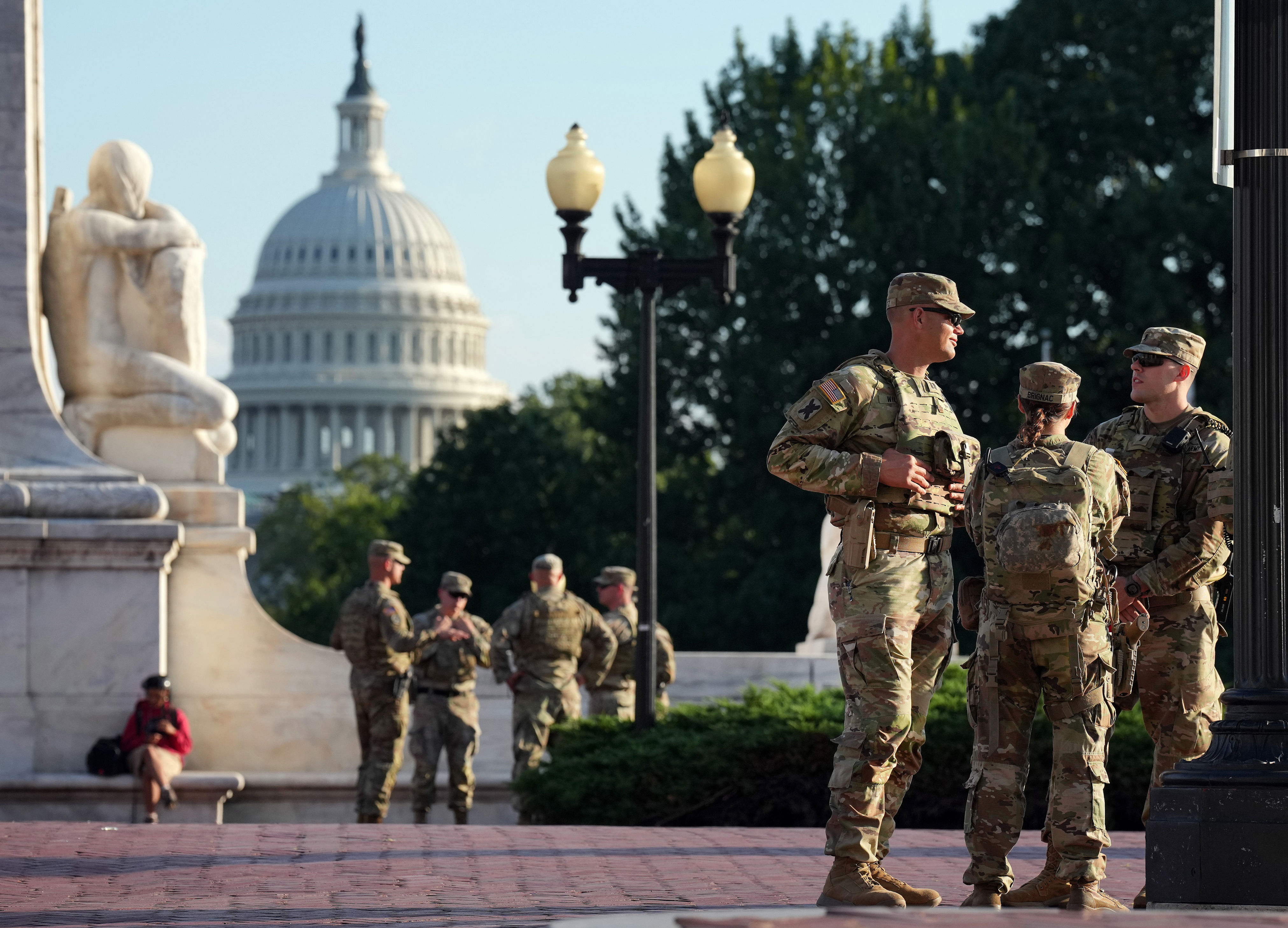
The National Guard personnel are now armed and ready, though they aren’t necessarily focusing on high-crime neighborhoods—they’re more intended for appearances at monuments and tourist spots, setting up what can be called “checkpoints.” Trump’s militarized presence has been bolstered by roughly 900 additional federal officers, doling out tickets much like traditional police.
None of these officers are trained in the nuances of local law enforcement. Instead, they wear machine guns and patrol areas that don’t require such military force. For context, Washington’s own police department typically stations around 1,300 officers daily, meaning the federal presence vastly outnumbers them more than twofold.
Properly trained police are essential in reducing crime in this city and elsewhere. Yet armed troops parading around historical landmarks aren’t stopping crime rates. FBI agents pulled over for texting while driving certainly aren’t doing much to address our crime issues either. Given that violent crime is significantly lower than it’s been in the past thirty years, shouldn’t there be better applications of that manpower?
Trump appears adamant about attempting the same tactics against urban areas in other blue states. New York, Baltimore, Chicago, Los Angeles—these spots all do face crime issues, but not to the extent as seen in cities like Memphis or St. Louis, which don’t see troops flooding their streets. The difference speaks volumes, typically reflecting political affiliations of those in charge.
Yes, while crime statistics may indicate some improvement, it’s a fact that more can always be done. Unfortunately, that isn’t what drives Trump’s motives. Instead, he seeks to showcase military readiness, intimidate those he sees as opponents, and incite a sense of pride amongst followers who bask in that intimidation.
Eric Lewis is a board member at The Independent and a human rights attorney
We strive to empower independent minds with global news and insight for a more constructive world.





